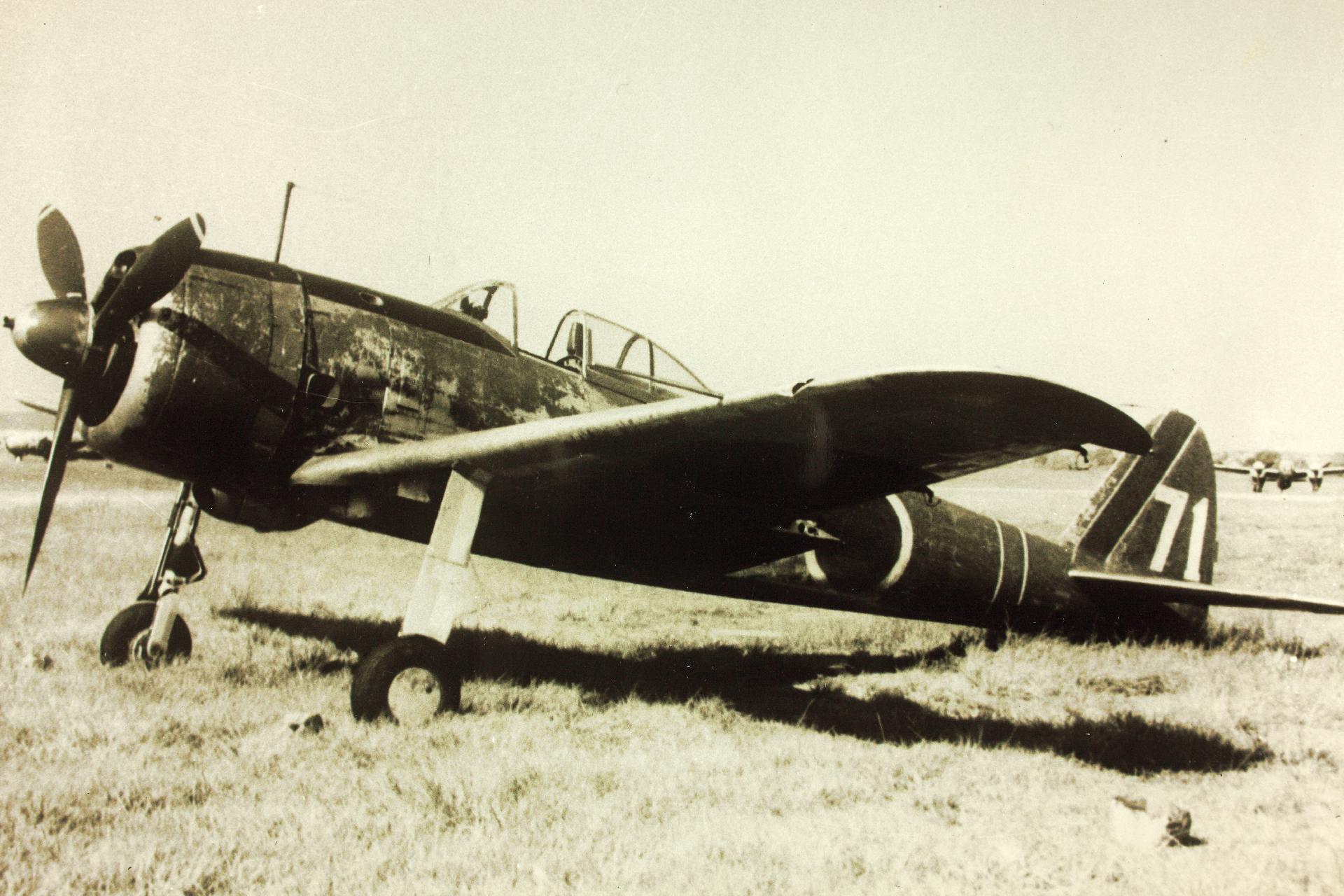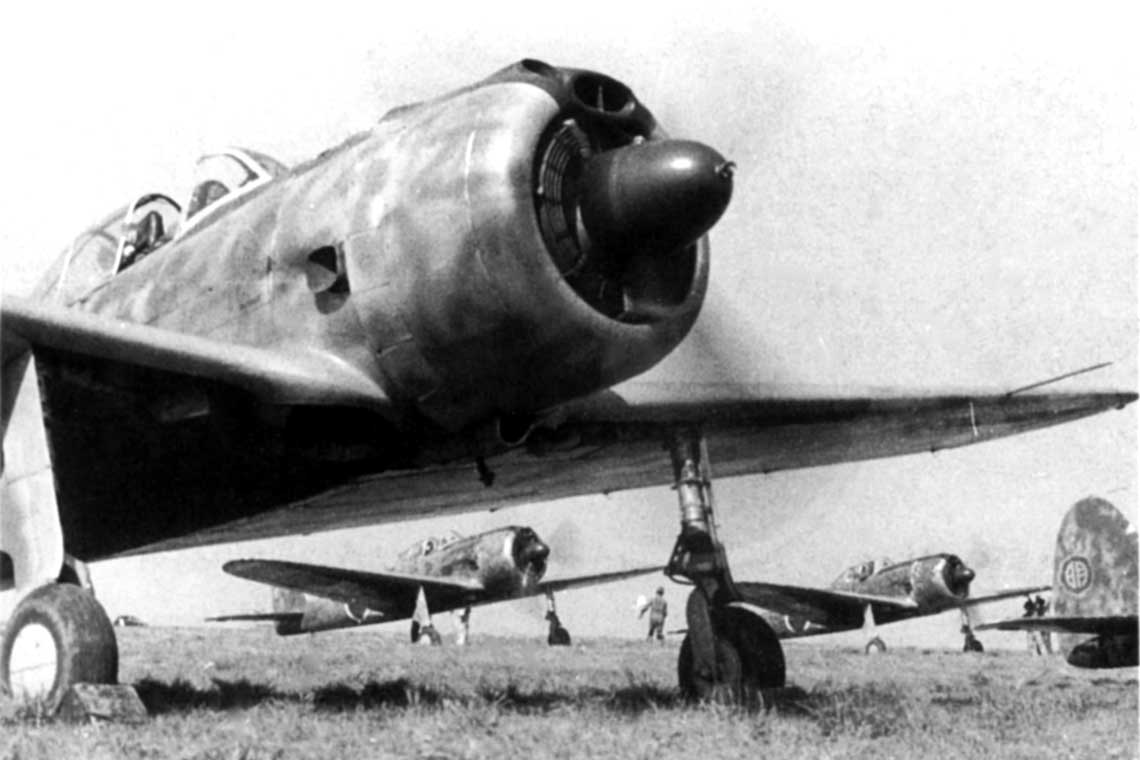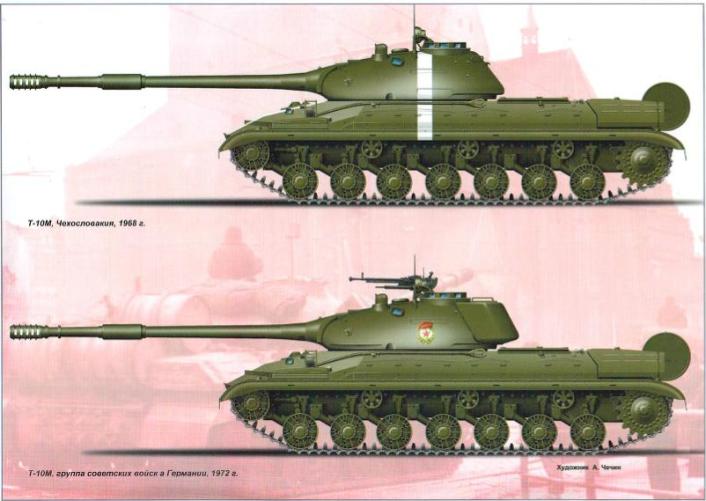
Nakajima Ki-43 Hayabusa ch.1

Akeno Aviation School Ki-43-II, 1943. You can see the typical features of the so-called pre-production Ki-43-II - an annular oil cooler in the engine air intake and a small case of an additional oil cooler under the fuselage.
The Ki-43, codenamed "Oscar" by the Allies, was the most numerous Imperial Japanese Army fighter in its history. It was developed in the late 30s as a successor to the Ki-27. He was distinguished by excellent maneuverability, but in many respects he was inferior to his opponents. Attempts to improve performance and strengthen weapons during production made little difference, as the Allies also introduced new, more advanced types of fighters into service. Despite its shortcomings and weaknesses, the Ki-43 remained one of the symbols of the Japanese army.
In December 1937, with the adoption of the Ki-27 (Type 97) fighter by the Imperial Japanese Army (Dai Nippon Teikoku Rikugun), the Army General Aviation Administration (Rikugun Kōkū Honbu) commissioned Nakajima to begin work on the design of his successor. The Ki-27 was the first all-metal self-supporting low-wing aircraft with a covered cockpit to enter service with the Army Air Forces. In the new fighter, it was decided to use another novelty - a retractable landing gear. In terms of performance, the Koku Honbu required a maximum speed of at least 500 km/h at 4000 m, a climb time to 5000 m of less than 5 minutes, and an operating range of 300 km with fuel for 30 minutes of dogfight or 600 km without power reserve. . The maneuverability of the new fighter was supposed to be no worse than the Ki-27. The armament was to consist of two synchronous 89-mm machine guns Type 89 (7,7-shiki), placed in the fuselage between the engine and the cockpit and firing through a screw disk. This is the standard armament of the army fighters since its inception.
Soon, prerequisites for the next aviation weapons development program (Koku Heiki Kenkyu Hoshin) began to be developed in Koku Honbu, under which new generation fighters, bombers and reconnaissance aircraft were to be created, designed to replace machines that had just been entering service in a few years. It was decided to create two categories of single-engine, single-seat fighters - light and heavy. It was not the mass of the aircraft, but their armament. A light single-seat fighter (kei tanza sentōki; abbreviated as keisen), armed with two 7,7 mm machine guns, was to be used against enemy fighters. To do this, he had to be characterized, above all, by excellent maneuverability. High maximum speed and range were of secondary importance. The heavy single-seat fighter (jū tanza sentōki; jūsen) was to be armed with two 7,7 mm machine guns and one or two "cannons", i.e. heavy machine guns1. It was created to fight bombers, so it had to have a high maximum speed and rate of climb, even at the expense of range and maneuverability.
The program was approved by the Ministry of the Army (Rikugunsho) on July 1, 1938. In the following months, Koku Honbu formulated the performance requirements for individual categories of aircraft and handed them over to selected aircraft manufacturers. In many cases, the prototype competition formula used earlier has been abandoned, with contractors selected randomly for individual types of aircraft. The new Nakajima fighter, intended to replace the Ki-27, was classified as "light". It was given the military designation Ki-43.

The third prototype of the Ki-43 (serial number 4303) was built in March 1939. During the tests, the aircraft was modified to resemble experimental machines (the so-called additional prototypes).
Project implementation
The Ki-43 fighter project was created by a team led by engineer Yasushi Koyama, who also took care of the power plant. The project manager responsible for the construction of the airframe was Minoru Ota. Kunihiro Aoki was in charge of the strength calculations, while Tetsuo Ichimaru was in charge of the wing design. The general management of the project was carried out by Dr. Eng. Hideo Itokawa, chief aerodynamicist at Nakajima and head of military aircraft design (rikugun sekkei-bu).
In keeping with the fighter design philosophy in force in Japan at the time, the Ki-43 was designed to be as lightweight as possible. Neither pilot's seat armor nor fuel tank seals were used. In order to speed up the work, many technical solutions tested on the Ki-27 were used. The only significant novelty was a lightweight, single-leg main landing gear, hydraulically retractable and retractable. Its design was observed in the American Vought V-143 fighter purchased by Japan in July 1937. Like the original, only the legs were covered after cleaning, while the wheels themselves remained unprotected. The tail skid was left under the rear fuselage.
The pilot's cockpit was covered with a three-section casing, consisting of a fixed windscreen, a sliding rear limousine and a fixed rear part, forming a "hump" of sheet metal on the fuselage, with two windows on the sides. Interestingly, when starting off, the limousine "rolled" under the "hump". The entire fuel supply, twice as large as that of the Ki-27, was placed in four tanks in the wings. Therefore, the tank was not installed in the case. The aircraft was equipped with a Type 96 Model 2 transceiver with a mast supporting an antenna cable mounted on a hump. The pilot had an oxygen plant at his disposal. The tip was a standard Type 89 optical sight, the tube of which passed through a hole in the windshield.
At the design stage, it was assumed that due to the larger size of the airframe and the maximum fuel supply, as well as the use of the retraction and landing gear mechanism, together with the hydraulic system, the Ki-43 would be about 25% heavier than the Ki. -27. Therefore, a more powerful engine was required to achieve the planned performance. Koyama chose a Nakajima Ha-14 25-cylinder two-star engine with a take-off power of 980 hp, with a single-stage, single-speed compressor. The Ha-25 (factory designation NAM) was based on the design of the French Gnome-Rhône 14M, but using solutions from the Ha-20 engine (British license Bristol Mercury VIII) and own ideas. The result was a very successful power unit - it had a compact design, small dimensions and weight, was easy to operate, reliable and at the same time could work on a lean mixture for a long time, which reduced fuel consumption. consumption and thereby allowed to increase the range of the aircraft. In 1939, the Ha-25 was accepted by the army into serial production under the descriptive name Type 99 with a power of 950 hp. (99-shiki, 950-bariki) 2. In the Ki-43, the engine drove a fixed wooden two-bladed propeller with a diameter of 2,90 m without a cover.
In the spring of 1938, a commission of specialists from the Koku Honbu and Rikugun Koku Gijutsu Kenkyusho (Army Experimental Institute of Aviation Technology, abbreviated as Kogiken or Giken) positively evaluated the draft design of the Ki-43 fighter and approved its layout. . After that, Koku Honbu ordered the construction of three prototypes (shisakuki) from Nakajima, and the designers began to develop detailed technical documentation.
Prototypes
The first Ki-43 prototype (serial number 4301 seizō bangō) left the Nakajima Hikōki Kabushiki Gaisha No. 1 (Dai-1 Seizōshō) assembly plant in Ota, Gunma Prefecture in early December 1938, just one year after receiving the order. His flight took place on December 12 from the Ojima factory airfield. In January 1939, the aircraft flew to Tachikawa for detailed flight testing at the Kogiken Research Department. They were also attended by instructor pilots from the Akeno Army Aviation School (Akeno Rikugun Hikō Gakkō), which was then an additional testing facility for the Army Aviation fighters. Two other prototypes (4302 and 4303), completed in February and March 1939, also went to Kogiken. They differed from the first prototype only in the cab lining - the “hump” was completely glazed, and the limousine had fewer reinforcing frames.
Flight test details are unknown, but pilot feedback is known to have been negative. The prototypes of the Ki-43 did not have much better performance than the serial Ki-27, and at the same time significantly worse flight characteristics, especially maneuverability. They were sluggish and slow to respond to rudder and aileron deflections, and the turn times and radius were too long. In addition, takeoff and landing characteristics were unsatisfactory. Problems caused the hydraulic system of the chassis. The way to open the cab lid was judged to be impractical. In this situation, Koku Honbu was close to making the decision to abandon further development of the Ki-43. Nakajima's leadership, not wanting to lose potential profits or jeopardize the prestige of the company, managed to get the military to extend the tests and order ten modified prototypes (4304-4313). It was intended for testing new technical solutions, engines and weapons in them. Team of engineers Koyama began work on redesigning the improved Ki-43 to meet Koku Honbu's expectations.
The design of the aircraft was simplified (which subsequently caused serious problems with the strength of the wing), and the tail unit was also modified. The tail was moved back, and the rudder now covered the entire height of the tail and fuselage tips, so its area was much larger. As a result, its efficiency increased, which had a positive effect on the maneuverability of the aircraft. The cockpit lid was completely redesigned and now consisted of two parts - a fixed windscreen and a fully glazed teardrop limousine that could slide backwards. The new cover was not only much lighter, but also provided much better visibility in all directions (especially to the rear). The antenna mast was moved to the right side of the forward fuselage, just behind the engine. Thanks to these changes, the silhouette of the aircraft has become more slender and aerodynamically more perfect. The operation of the hydraulic and electrical systems has been improved, the radio has been replaced with a lighter Type 96 Model 3 Model 2, a fixed tail wheel has been installed instead of a skid, and the propeller is equipped with a cap. In May 1940, two new wingtips were developed, 20 and 30 cm narrower than the original ones, which made it possible to reduce the wingspan by 40 and 60 cm, respectively, but their use was temporarily abandoned.
Test aircraft, called supplementary or complementary prototypes (zōka shisakuki), were built between November 1939 and September 1940. They were equipped with Ha-25 engines with two-bladed Sumitomo metal propellers of the same diameter and a hydraulic blade tilt adjustment mechanism from the American company Hamilton Standard. At the same time, various angles of inclination of the blades were tested in order to determine their optimal values. On several copies, completely new, three-bladed self-adjusting propellers were tested, but it was not decided to use them in production aircraft.
In July 1940, prototypes Nos. 4305 and 4309 were equipped with new Ha-105 engines with a take-off power of 1200 hp. It was a revision of the Ha-25 with a single-stage two-speed compressor and a modified gearbox. After a series of tests, the original engines were restored on both machines. On the other hand, the newer Ha-4308 engines were to be tested on aircraft No. 4309 and again 115, but due to their greater length and weight, this idea was abandoned. This required too many changes in the design of the aircraft, moreover, at that time the Ha-115 engine had not yet been finalized. At least one aircraft (4313) has cooling air louvers on the trailing edge of the engine casing with eight hinged flaps on each side and two on top. The screw hub is covered with a cap. On aircraft No. 4310 and 4313, the Type 89 machine guns were replaced with new 103 mm No-12,7, with a reserve of 230 or 250 rounds. Some experimental aircraft flew during tests without weapons, sights and radios (and even with the antenna mast dismantled). Successful modifications introduced and tested on one sample were subsequently implemented on other machines.
After all, the most important novelty was the so-called combat shields (sento or kusen furappu), developed by Eng. Itokawa. The flaps went asymmetrically beyond the contour of the wing, i.e. at a greater distance from the fuselage than from the ailerons, creating a system that resembles the spread wings of a butterfly (hence their popular name for butterfly flaps - cho-gata). During air combat (up to a speed of about 400 km / h), they could be extended and deflected by 15 °, which radically improved the maneuverability of the aircraft, allowing you to perform tighter turns without losing lift. Combat shields were first installed on the last three experimental units (4311, 4312 and 4313). They soon became the hallmark of the Nakajima fighters.

